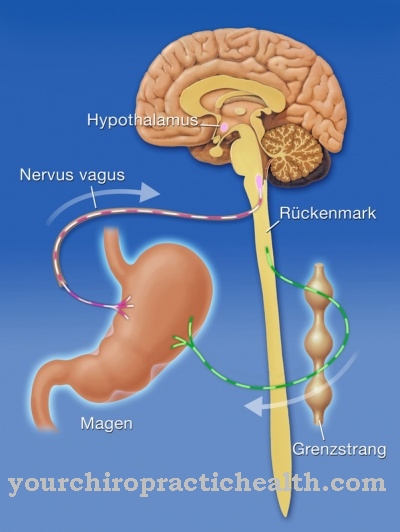The specialist for Orthopedics treats people who complain of musculoskeletal problems or pain. Above all, signs of wear and tear, which are reflected in joints and muscles with increasing age, but also premature diseases of the musculoskeletal system are among the core competencies of the medical professional.
What is orthopedics?

If patients have pain or impairment in their muscles, bones, or tendons, they should consult a medical professional for Orthopedics. The problems often restrict the entire musculoskeletal system in the affected body region.In many cases, such treatments are necessary with age.
On the other hand, the symptoms can arise from birth or after accidents. Orthopedists work either in an orthopedic group practice, in a rehabilitation center, in a sports center or in a clinic. The basic requirement is that the doctors have successfully completed their medical studies at a university. They then have to attend special training courses in the fields of surgery and orthopedics. Overall, the qualification measure takes about six years.
After this further training period, participants have to take a new exam to prove the knowledge they have learned. Since medicine is subject to constant technical and scientific progress, orthopedic surgeons also have to undergo regular further training so that optimal patient care can be guaranteed.
So that the specialist can make the correct diagnosis, it is not only the current situation that is decisive, but also possible previous illnesses or the like. Accordingly, orthopedic surgeons must be able to fall back on an analytical mind.
Treatments & therapies
Orthopedic surgeons must be able to diagnose and treat a wide variety of conditions. Since it is a summary of complaints in the musculoskeletal system, the range of treatments is also limited to it.
The main tasks include performing joint and spinal surgery as well as working with endoprostheses. The medical specialists also treat diseases of the intervertebral discs. The most common cause in this context is the so-called herniated disc. Osteoporosis, arthrosis and other bone or joint problems are not only recognized by the orthopedic surgeon, but also treated effectively.
The doctors also care for patients who suffer from the sudden consequences of an accident. This also includes sports injuries in particular. The medical expertise also includes rheumatism, which causes problems in the musculoskeletal system. In most cases, the problems and diseases are accompanied by great pain, so that specialists must first take action to relieve pain.
The aim of treatment is for the patient to restore or improve their functional limitation. This enables those affected to participate in everyday life again. In addition, the orthopedic surgeon also works preventively, so that further damage to health with regard to the cause of the disease can be prevented.
In addition, it was part of the job profile that negative side effects are avoided by the doctor. In this respect, the specialist also acts as a consultant who provides information about a healthy and conscious lifestyle.
You can find your medication here
➔ Medicines for back painDiagnosis & examination methods
Orthopedists work with trained physiotherapists to promote the well-being of patients. The physiotherapists support the work of the specialist through special therapy methods. When the patient presents to the orthopedic surgeon, he must first draw up an anamnesis of the underlying disease.
In most cases the complaints can be localized more precisely using technical aids. For this purpose, the specialist uses modern X-ray, CT, magnetic resonance and solographic devices. These radiological procedures make it possible to visualize the patient's bone structure using images. The orthopedic surgeon must be able to interpret the images in order to be able to define the complaints and restrictions in more detail.
If an operation can no longer be averted, orthopedic specialists can carry out the operation themselves. The spine in particular, but also shoulders, upper arms, elbows, forearms, hands, hip joints, knee joints, thighs, lower legs, ankles and nerves and vessels are effectively treated by orthopedic surgeons. However, not all complaints have to be treated surgically. Instead, the medical specialists are instructed during the training phase to take care of the individual body regions through selective treatment.
This mainly includes syringes, injections and other pain relievers and anti-inflammatory drugs. Since the orthopedic surgeon's area of responsibility also includes muscular problems, he can make appropriate diagnoses through neurophysiological examinations, joint endoscopy and muscle function analysis. If the illness was successfully treated repressively, the specialist should guarantee preventive prevention. This particularly includes close collaboration with a qualified physiotherapist.



























